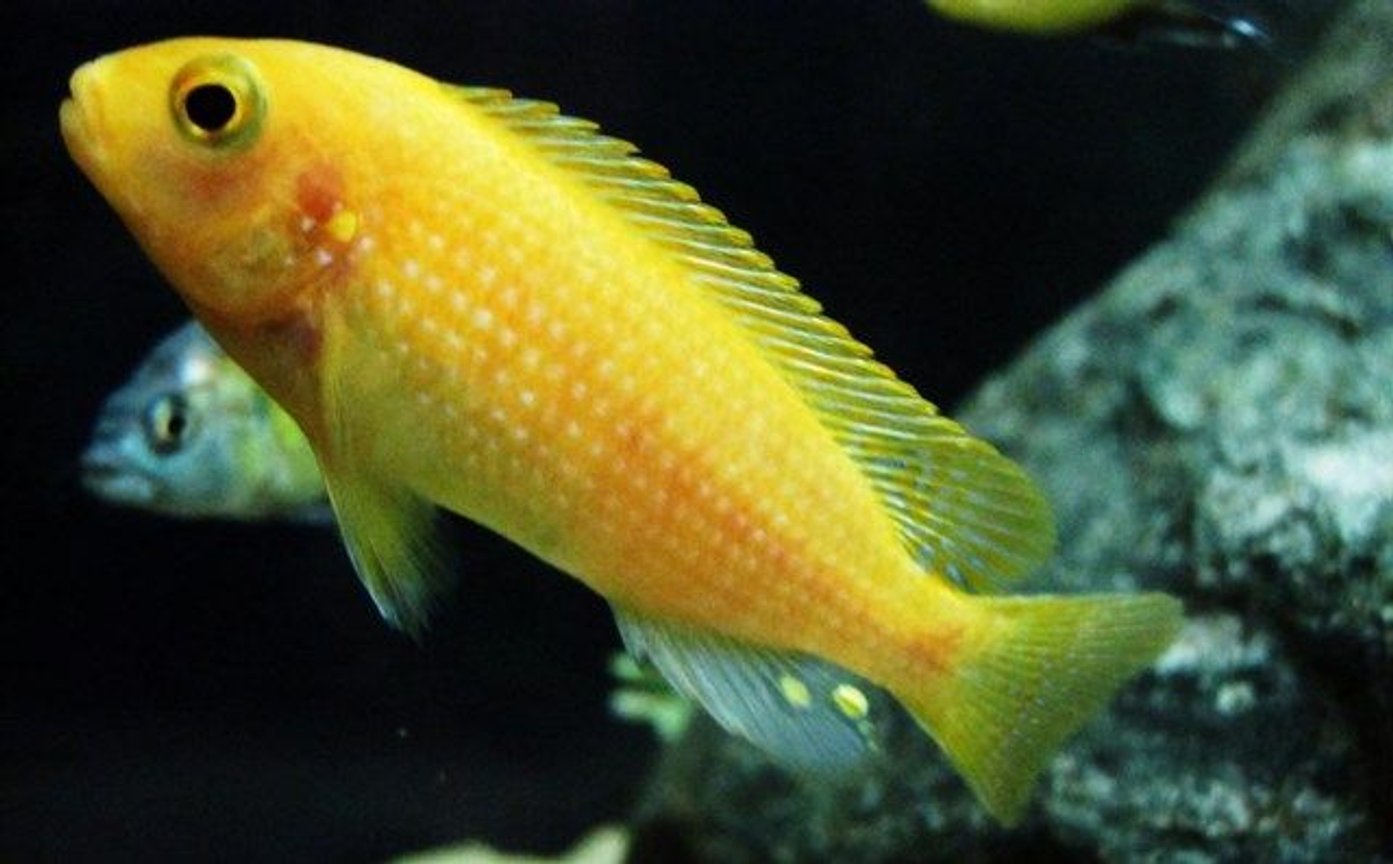

Don’t house red zebra cichlids with small fish or invertebrates that could be easily bullied by a semi-aggressive, territorial fish species.

However, the fish are compatible with other confident, medium-sized fish from Lake Malawi. Ideally, red zebra cichlids should be housed in a single-species tank due to their territorial nature. Reduce the risk of infection by properly quarantining new fish and plants before adding them to the tank Red Zebra Cichlid Tank Mates Random deaths with no links to other diseases No treatment, only supportive care. Replicate this habitat in captivity with suitable tank conditions and the right water parameters.Īdvertisements Malawi bloat Loss of appetite, abdominal swelling, scales that poke away from the body, discolored feces, rapid breathing Perform a large water change and treat the water with metronidazole (an antibiotic) or feed the fish foods containing metronidazole Swim bladder disease Floating to the top or sinking to the bottom of the tank, struggling to stay upright, distended belly, curved back Allow the fish to fast for three days, speak to your veterinarian about antibiotics, and add 1/8 teaspoon of Epsom salt per 5 gallons of water Tuberculosis Lethargy, frayed fins, or no symptoms at all. The red zebra cichlid’s natural habitat is the sandy, rocky waters of Lake Malawi. The fish need a warm freshwater habitat that replicates Lake Malawi’s waters. Red Zebra Cichlid Tank RequirementsĬaring for the red zebra cichlid is easy as long as you maintain optimal water conditions and provide enough space for the fish to claim their own territories. The fish are most active during the day and sleep in caves or on the substrate for up to 12 hours overnight. Red zebra cichlids are slow swimmers that spend most of their time drifting along the bottom of the tank, exploring caves, and searching for food. The fish gets along well with similarly-sized fish but has natural territorial instincts, and may bully and harass its smaller tank mates to death if it doesn’t have enough space. The red zebra cichlid is known for its semi-aggressive nature. The red zebra cichlid is common in the wild and is thought to be one of more than 1,000 cichlid species in Lake Malawi. The fish’s natural habitat is warm, slow-moving freshwater, with a sandy, rocky substrate that offers plenty of hiding spots. The red zebra cichlid originates in Lake Malawi, a large East African lake that spans across Malawi, Tanzania, and Mozambique. Scientific name: Maylandia estherae Common names Red zebra cichlid, Esther Grant's zebra, red zebra mbuna Distribution: Lake Malawi, East Africa Size: 4–5 inches Life expectancy: 8–10 years Color: Red, beige, brown, blue, yellow, pink, mottled Diet: Omnivore Temperament: Semi-aggressive Minimum tank size: 55 gallons Temperature: 72–82☏ (22–28☌) pH: 7.5–8.6 Hardness: 6–15 dGH Care level: Easy Breeding: Mouthbrooder Origin Red Zebra Cichlid FAQs Red Zebra Cichlid Facts & Overview.Should You Get a Red Zebra Cichlid for Your Aquarium?.Common Red Zebra Cichlid Health Issues and Diseases.


 0 kommentar(er)
0 kommentar(er)
